Gold price waits for rates clues from Jackson Hole
Political turmoil in the US has the potential to 'help gold in the short and longer term'
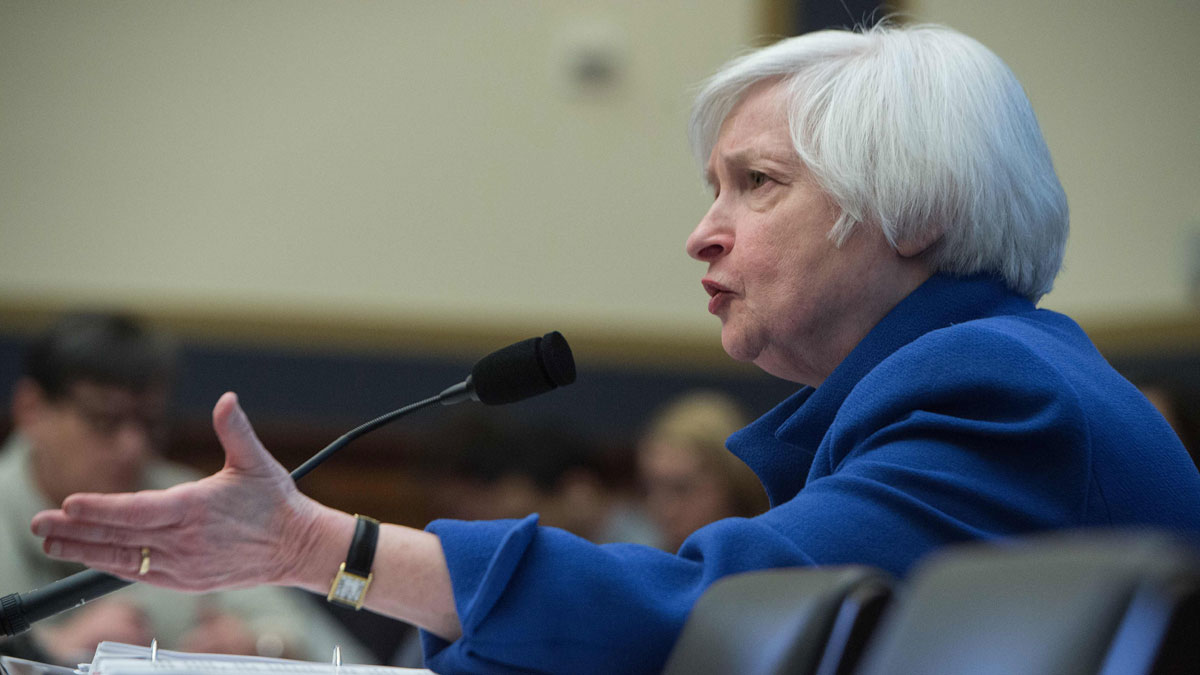
Gold price: why the precious metal could break lower today
4 December
The gold price came off its near-six-year low yesterday, in line with a wider market ruction in the wake of an underwhelming stimulus package from the European Central Bank.
Bank president Mario Draghi had talked up the support package for weeks. In the event, it was a modest 0.1 per cent cut in already-negative bank deposit rates and an extension (but no increase in scale) of the ECB bond-buying programme.
The Week
Escape your echo chamber. Get the facts behind the news, plus analysis from multiple perspectives.

Sign up for The Week's Free Newsletters
From our morning news briefing to a weekly Good News Newsletter, get the best of The Week delivered directly to your inbox.
From our morning news briefing to a weekly Good News Newsletter, get the best of The Week delivered directly to your inbox.
Traders, who some claim have "lost faith" in the ECB, bought into the euro and dollar-traded commodities and sold off equities.
In simple terms, there was a major boost of around three per cent in the value of the European single currency against the dollar, which has been at multi-year highs.
Commodities like gold are more expensive to overseas buyers when the dollar is strong, so this reversal makes them more attractive and prompted a sharp increase.
But the pick-up in the gold price was comparatively small. It rose 0.7 per cent to $1,061 an ounce, where it remained this morning, compared to the several percentage point shifts in the euro and European equity markets, and near two per cent jump in the price of a barrel of oil.
A free daily email with the biggest news stories of the day – and the best features from TheWeek.com
The precious metal is therefore still hovering near recent levels that are a few dollars away from a February 2010 low.
The reason is the looming increase in US interest rates, which would make non-yielding assets like gold less appealing relative to income-generating alternatives and would be likely to spur the dollar into a fresh rally.
Today could see gold move lower again as this prospect comes closer to reality. A critical US non-farms payroll report is due this afternoon that only needs to be solid to convince most traders that the long-trailed Fed vote to hike rates will indeed happen in two weeks.
The wait for these figures perhaps explains yesterday's subdued rally, the Wall Street Journal adds.
How low prices will go is not clear. Today will probably see levels near $1,050 tested, but the real move will come if and when rates do rise as expected on the 16 December when some traders are talking about a sub-$1,000 price.
Short positions – bets on a falling price – are at a record high.
"People are positioning themselves with the expectation of the rate rise. The short gold position is a rather crowded trade at the moment," Ross Norman, a broker at Sharps Pixley in London, told the Financial Times.
Gold price enters 'third act of drama' with new five-year low
3 December
The gold price is coming to the end of the "second act in a three-part drama", according to Australian investment bank Macquarie.
The comments were reported by Reuters on the day the gold price fell to its latest near-six-year low of $1,052 an ounce. It touched a session-low in New York yesterday of $1,049, marginally above a nadir of $1,045 in February 2010.
Gold fell sharply because of another rise in the US dollar, which the Financial Times notes hit a 12-year intraday peak of 100.51.
It has now sustained at highs above 100 for several sessions for the first time since the early 2000s. Commodities traded in dollars, like gold, are hurt by rises in the currency, which make them more expensive overseas.
The dollar rose on the latest indication that interest rates will be increased in the US this month.
The Wall Street Journal reports that Federal Reserve chairwoman Janet Yellen signalled yesterday that, barring unexpected surprises, it will raise rates for the first time in a decade at its meeting in two weeks, after another jobs report pointed to a strengthening recovery.
The prospect of a rates rise itself puts downward pressure on gold, as the metal offers no yield and so loses out to income generating assets. Mining.com cites figures showing hedge funds and others have moved into the largest net short position on gold – bets the price will go down – since records began in 2006.
Should rates rise, gold will probably fall again – perhaps sharply, possibly below $1,000. But after that the trend is less clear.
If the market believes rates will not rise much further, getting over the first hurdle could bring back some confidence, the dollar might wane and gold could rally. Unwinding all that short money might even make a bounce quite strong.
Alternatively, a sustained rally in the dollar could push gold – which is still expensive compared to other metals – much lower.
Macquarie analyst Matthew Turner said: "We're seeing the end of the second act of a three-part drama for gold. The first part was post-financial crisis, when the Fed was easing and gold prices were going up.
"The second part has been since 2013, when the Fed has been moving towards its first tightening. Now we have to see what happens in part three.
"There doesn't seem to be any reason to see a big gold bounce until the Fed actually raises rates."
Gold price: can resistance hold ahead of Fed meeting?
1 December
Having dropped to an intraday $1,052 an ounce and settled at $1,054 on Friday – the lowest level since the $1,045 reached in February 2010 – gold rose in New York on Monday to $1,064 an ounce.
It added to gains overnight and at one point touched $1,074, though it has softened slightly in the hours since.
Gold and other dollar-denominated commodities are currently being pulled hither and thither by the fluctuations in the US currency, which touched a near 13-year high before falling back.
While the US dollar remains strong – the Financial Times points out it remains just 0.4 per cent below its 12-year high from March – the amount of money that has been bet on a negative move in gold meant there was some rapid 'covering' of positions as the trend turned, pushing the price markedly higher. There is, though, still a big wager in place that the gold price will fall.
Reuters says data from the Commodity Futures Trading Commission show hedge funds and money managers raised their net short position in gold (bets the price will fall) to the biggest on record last week.
"Assets in SPDR Gold Trust, the world's top gold-backed exchange-traded fund, are at their lowest since September 2008," says Reuters. Gold recorded its biggest monthly drop since March 2013 in November.
All of this suggests that any rise might be a short-lived 'relief rally' and that prices will fall back. This would most probably happen after the release on Friday of a key jobs report, which will give a strong indication on whether the Federal Reserve will, as expected, raise rates in two weeks' time.
As rates rise tends to prompt falls in non-yielding commodities relative to income-generating assets. It will also give a further leg-up to the dollar, which would increase the expense of buying for overseas investors.
Against this is the simple fact that, despite rates-rise speculation reaching fever pitch, the gold price is showing resilience. That it is being moved more by the dollar trend could mean that the rates rise itself has been priced in – and Reuters suggests that if it holds out above $1,070 after Friday then it could be set to move higher.
Whether gold could hold these gains in the face of a first shift in rates policy for seven years, should it happen later this month, is another question.
Gold price closes in on $1,050 ahead of key week
30 November
The gold price fell away from its recent support level and crashed to a new 2015 low on Friday, as the dollar continued to surge.
Having remained between $1,070 and $1,080 an ounce last week as traders sat on the fence ahead of the latest Federal Reserve rates decision, one prominent analyst told Reuters, the metal tumbled around $15 in one session.
At one point on Friday gold was trading at $1,051 an ounce, notes CNNMoney, before it recovered and steadied around $1,055. This is as low as the price has been since February 2010, when it fell to $1,045 an ounce.
It also means the price is closing in on the $1,000 to $1,050 range predicted by many for the final months of the year, amid speculation that US interest rates will rise in December. A rates rise hurts non-yielding gold relative to income-generating assets.
But it is one indirect consequence of this expected decision to raise rates – an increase in the value of the dollar relative to other currencies – that is driving the gold price trend. The greenback is now at a seven-month high against the euro and some expect it to reach parity against the European single currency early in 2016.
A strong dollar makes gold and other dollar-denominated commodities more expensive for foreign buyers, weakening demand and negatively impacting prices.
These two factors, combined with weakness in the Chinese economy that could affect buying in one of gold's biggest markets, mean the next significant move in the price is likely to be lower.
The reaction to a US jobs report on Friday will be indicative: if the report is, as expected, strong and adds to speculation that the Fed will act, gold should fall again. If it doesn't drop, it might suggest traders believe the rise is now 'priced in'.
Assuming gold does take another dive, it is less certain how low it will go. Some predictions suggest it could slide all the way down to $350 eventually, while others reckon it will not go much below $1,000 an ounce.
Australian bank Macquarie believes that, whatever happens with rates, after a shallow dip, gold will recover and average a steady $1,100 early next year as global economic and political tensions add to its safe haven potential, The Australian reports.
Gold price falls due to stronger dollar and rates speculation
26 November
Gold prices fell yesterday in response to the dollar's bounce after healthy US economic data raised expectations of an interest rate rise next month.
Prices hovered just above their lowest level in nearly six years, as spot gold fell 0.4 per cent to $1,070.46 an ounce, perilously close to the near-six-year low of $1,064.95 it hit last week.
The latest drop came after it was announced that manufacturing output rose well above economists' expectations last month. A gauge of business investment plans in America also painted an optimistic picture.
"The orders number is surprisingly positive and that's what's weighing on the market," Rob Haworth, the senior investment strategist for US Bank Wealth Management in Seattle, told Reuters.
Gold has been put under pressure by increasing speculation that the Federal Reserve will raise US rates next month for the first time in nearly a decade. Such a move would increase the cost of holding non-yielding bullion, having a knock-on effect on prices.
But Commerzbank analyst Daniel Briesemann said geo-political issues had played a part and predicted further falls for the precious metal. "The Turkey-Russia tension has only had a limited impact and now gold is back on its downward trend mainly due to the dollar and rate hike expectations," he said.
"Uncertainty before the next Fed meeting will remain high and prices could head even lower in the next couple of weeks."
Traders said dealings were relatively quiet ahead of America's Thanksgiving holiday today.
-
 The Week contest: Primate peck
The Week contest: Primate peckPuzzles and Quizzes
-
 Paddington: The Musical – a ‘funny, feel-good, family-friendly’ show
Paddington: The Musical – a ‘funny, feel-good, family-friendly’ showThe Week Recommends The cast take a ‘well-known story’ and ‘melt your heart’ with this triumphant production
-
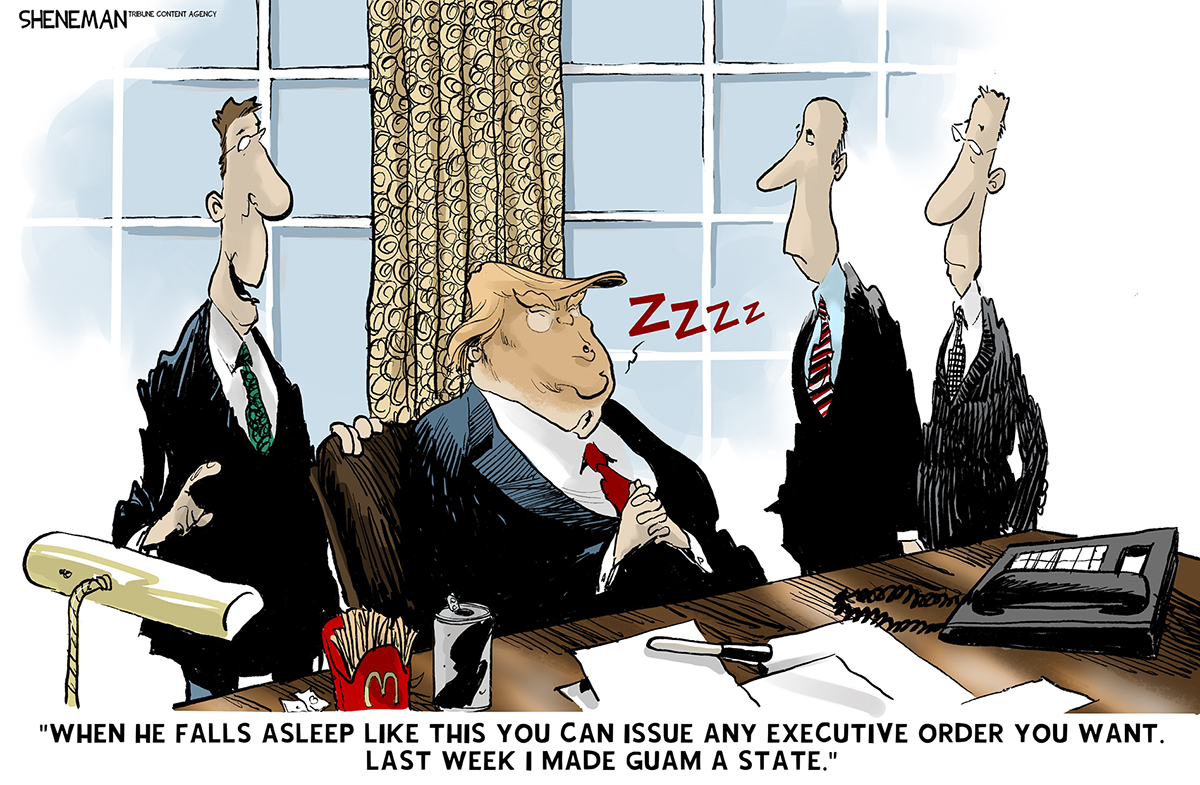 Political cartoons for December 4
Political cartoons for December 4Cartoons Thursday’s political cartoons include a nap for Donald Trump, rage bait of the year, artificial intelligence turning on its master and more
-
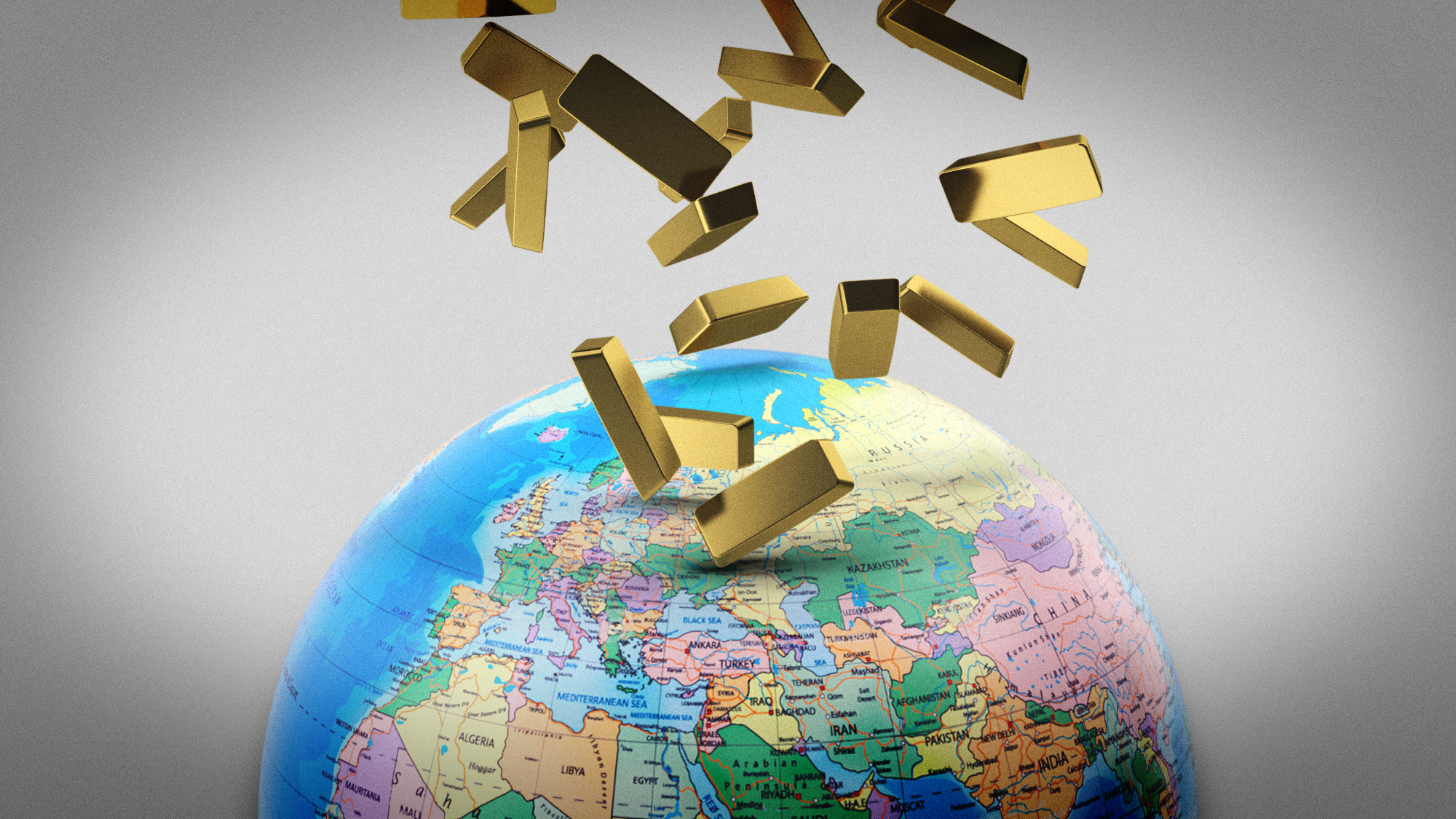 What a rising gold price says about the global economy
What a rising gold price says about the global economyThe Explainer Institutions, central banks and speculators drive record surge amid ‘loss of trust’ in bond markets and US dollar
-
 Gold tops $4K per ounce, signaling financial unease
Gold tops $4K per ounce, signaling financial uneaseSpeed Read Investors are worried about President Donald Trump’s trade war
-
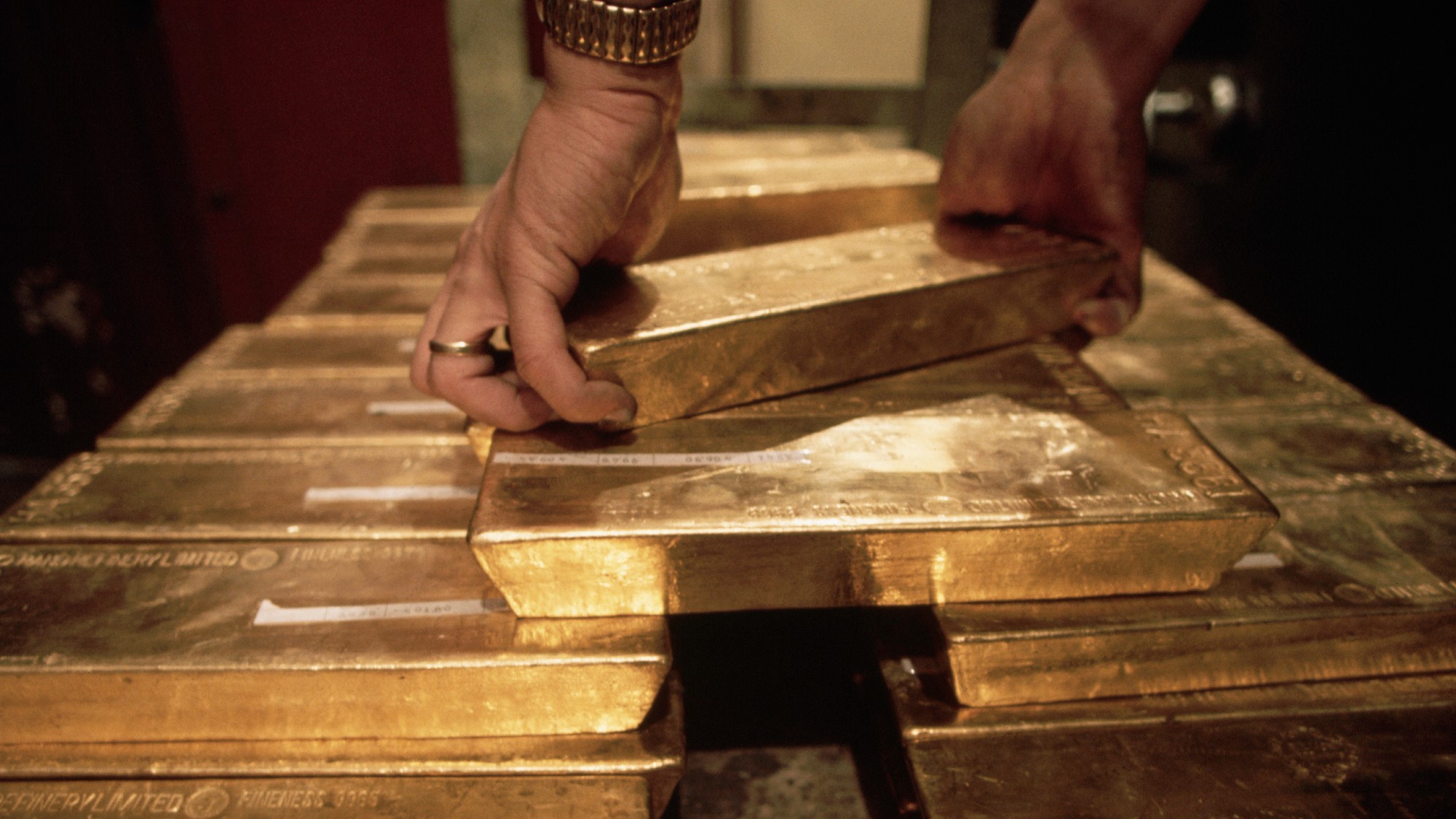 Safe harbor: Gold rises as stocks sink
Safe harbor: Gold rises as stocks sinkfeature It's a golden age for goldbugs
-
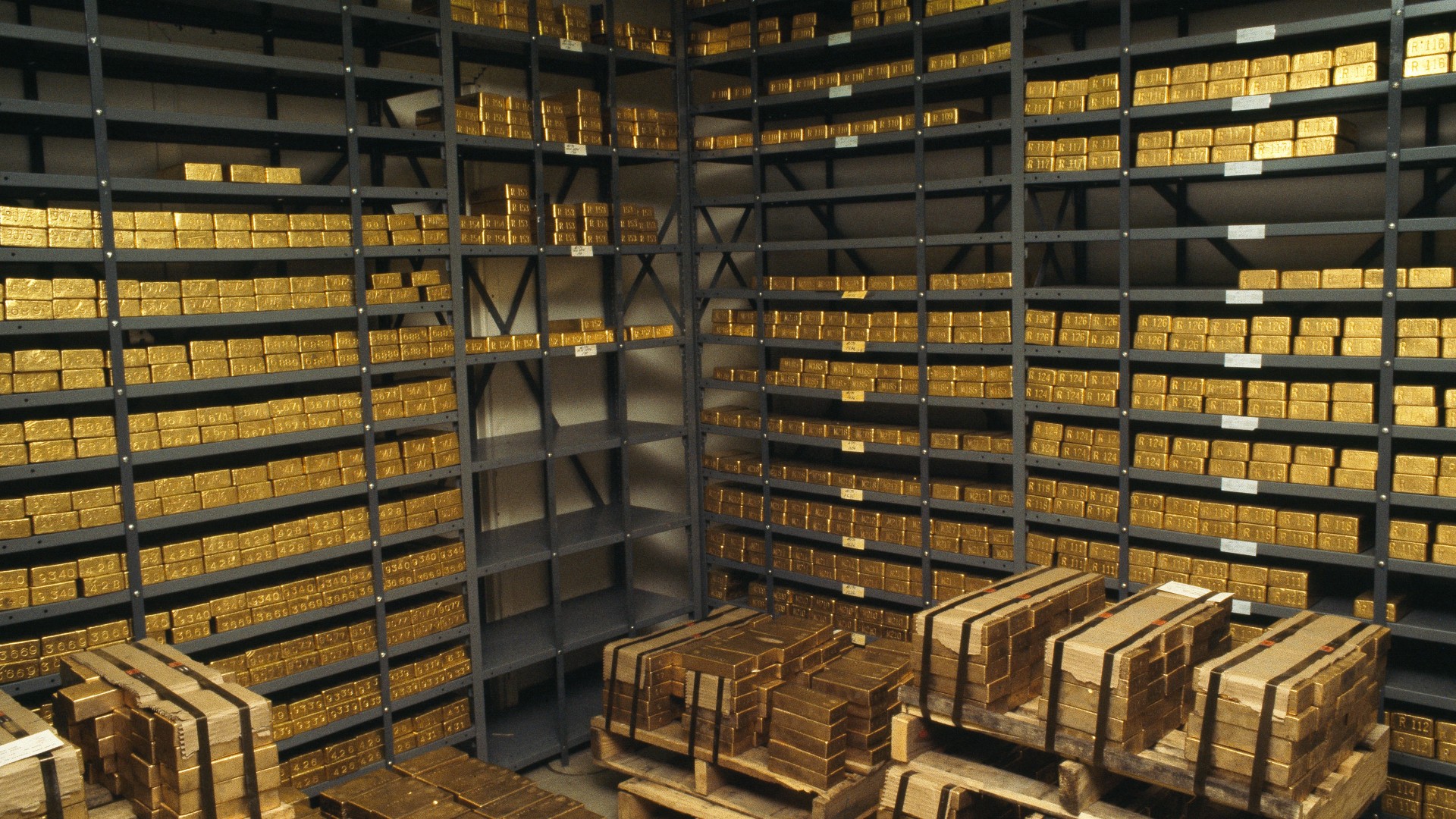 What rising gold prices can tell us about the economy in 2024
What rising gold prices can tell us about the economy in 2024The Explainer Market hits all-time high, boosted by a weakening US dollar and rising global tensions
-
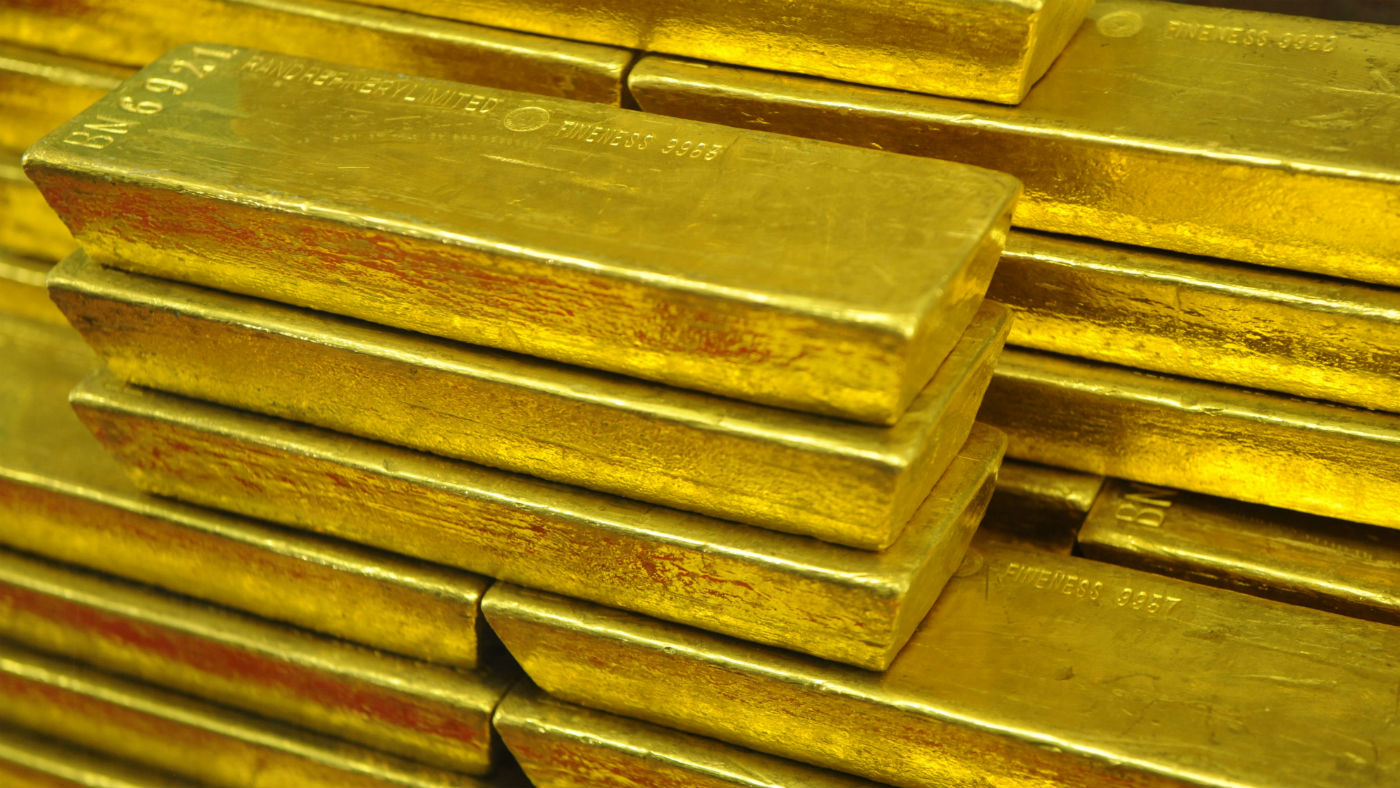 Gold’s ‘flash crash’: what the experts think
Gold’s ‘flash crash’: what the experts thinkfeature Bad news, good news and a loss of faith
-
 What is the price of gold and when is best to buy?
What is the price of gold and when is best to buy?Speed Read Economic and geopolitical uncertainty traditionally drives investors to reliable metal markets